Proper processing of currants in spring - a generous harvest in summer
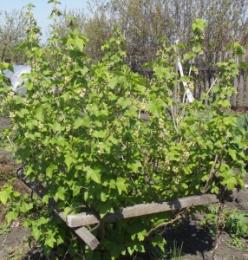
Every gardener knows that in order to get a decent harvest of currants, the bushes need not only to be planted correctly, but also to look after them almost all year round. At first, a little inexperienced glance, this crop is not whimsical, but some secrets will help you collect high-quality, tasty, healthy berries , also in large quantities.
Currant processing in spring will rid the bush of many diseases and pests, ensure the full development and fruiting of the plant. In March, as soon as the snow begins to melt, you need to scald the currants with boiling water. Don’t be afraid, you won’t harm the plant, but on the contrary, you will improve its health and help it wake up from winter. Heat the water to 80 degrees; it is better to use a watering can for watering. 10 liters of hot water should be enough for three bushes.
Instead of hot watering, you can pollinate the bushes and the ground underneath them with wood ash.
The next stage of spring care for currants should be bush formation. We advise beginners to start by trimming dry, twisted branches that have grown into the middle of the bush. Then get rid of the old branches and leave only two to three year old ones. You can make supports for the bush around the perimeter, this will facilitate access to the berries.
After the leaves appear, they need to be carefully examined for diseases. It will be useful for healthy plants preventative treatment currants in the spring - spraying with a solution of copper oxychloride (calculated at 50 g per 10 liters of water).
If you notice red swellings on the leaves, then the currant has been affected by anthracnose. In this case, chemicals must be used for treatment. Timely treatment of bushes significantly prevents the development of diseases.

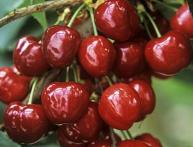

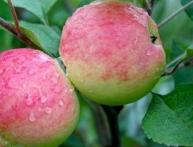
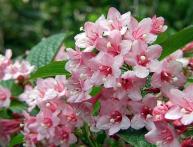
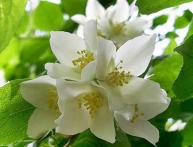

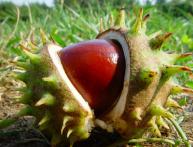
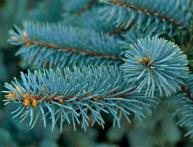
Comments
For two years I had leaves with red swellings. Then I didn’t know what to spray and just tore off every single leaf. Now this is no longer the case.